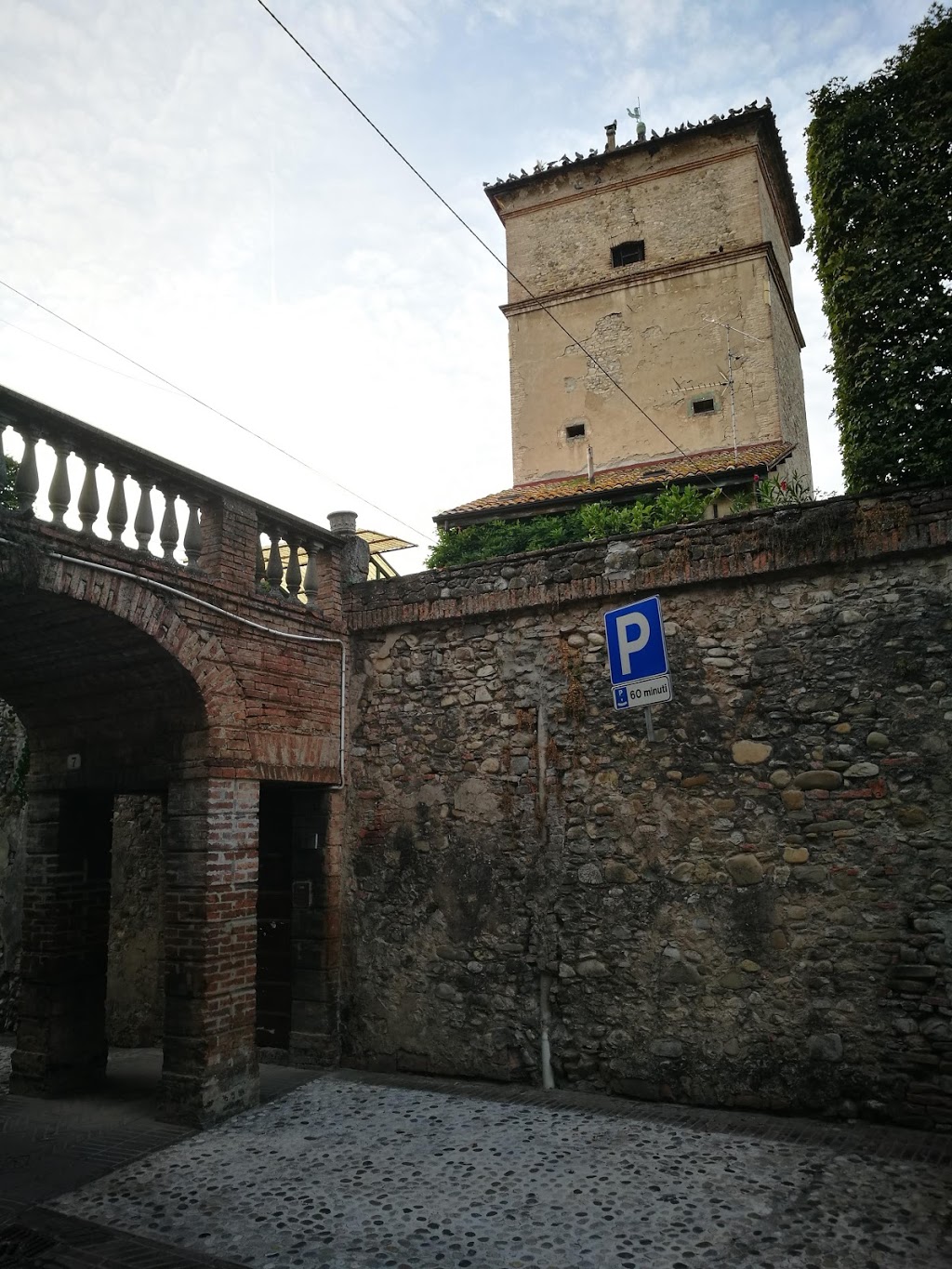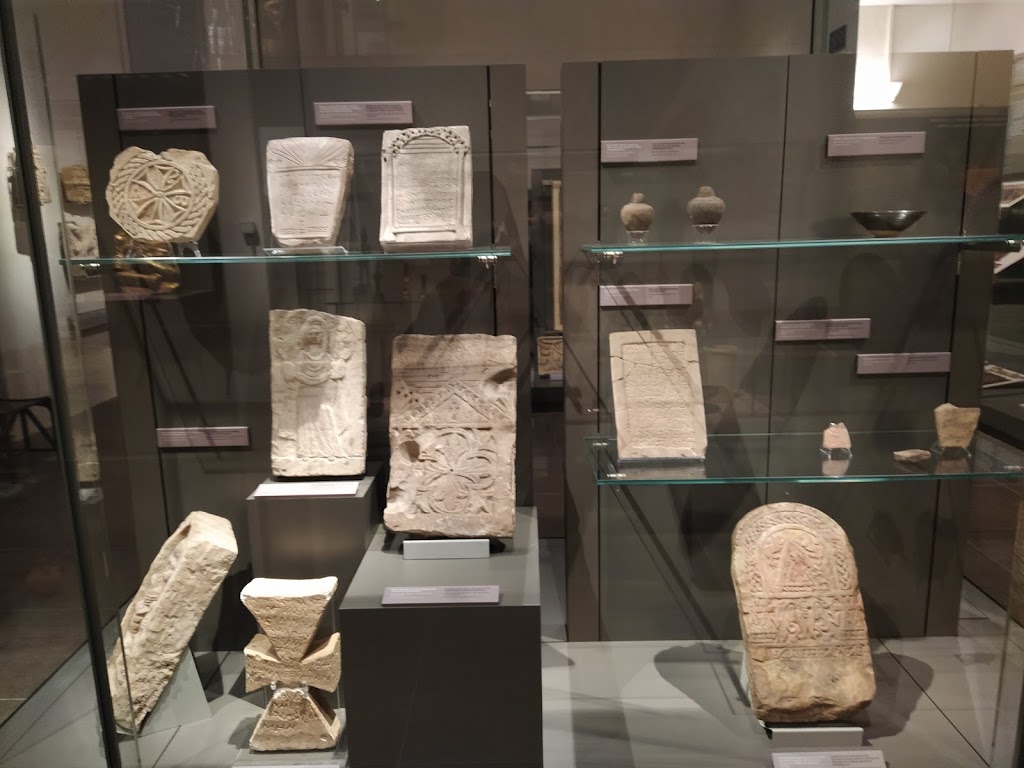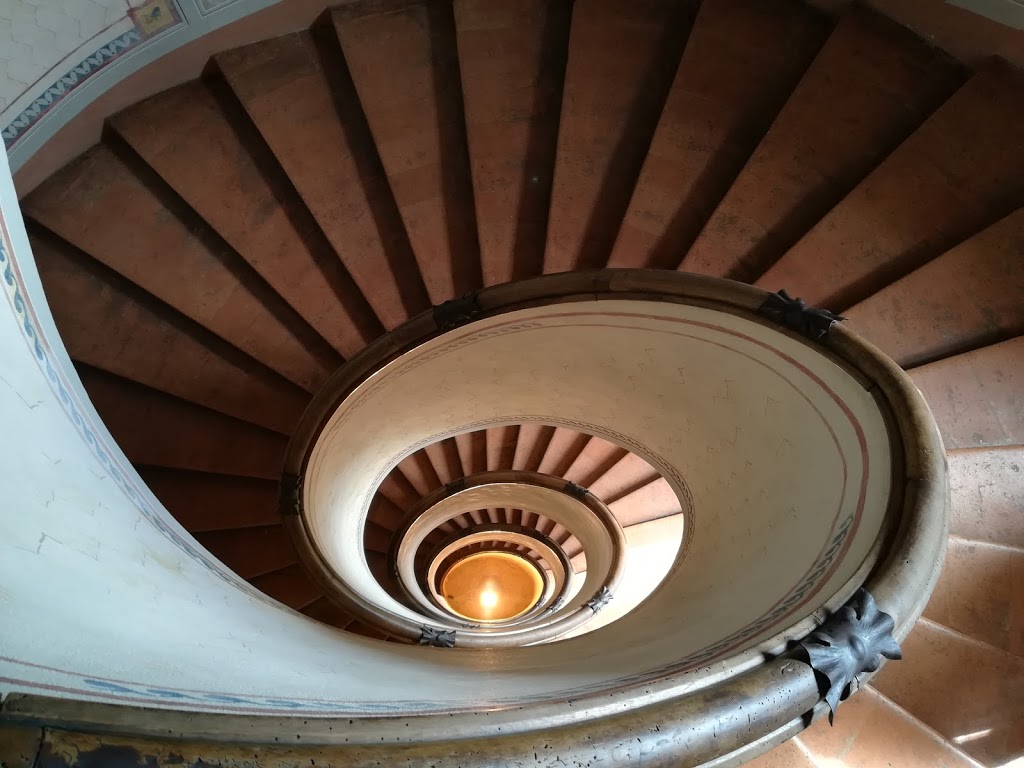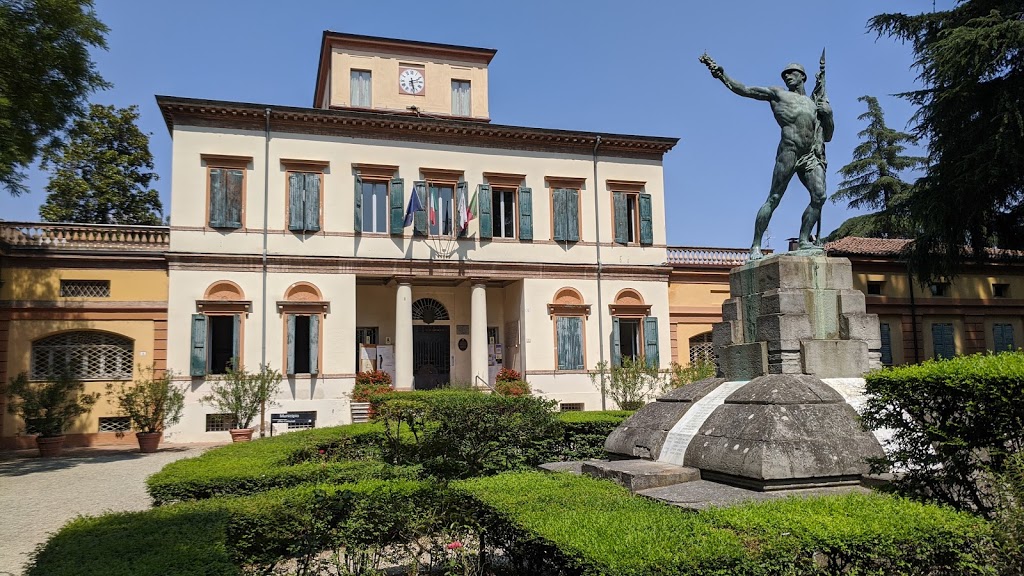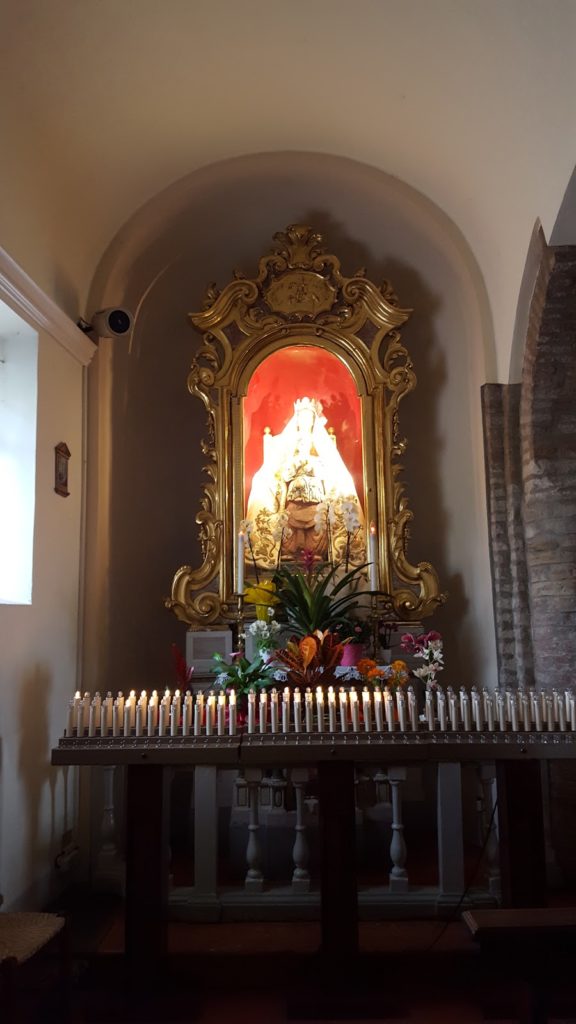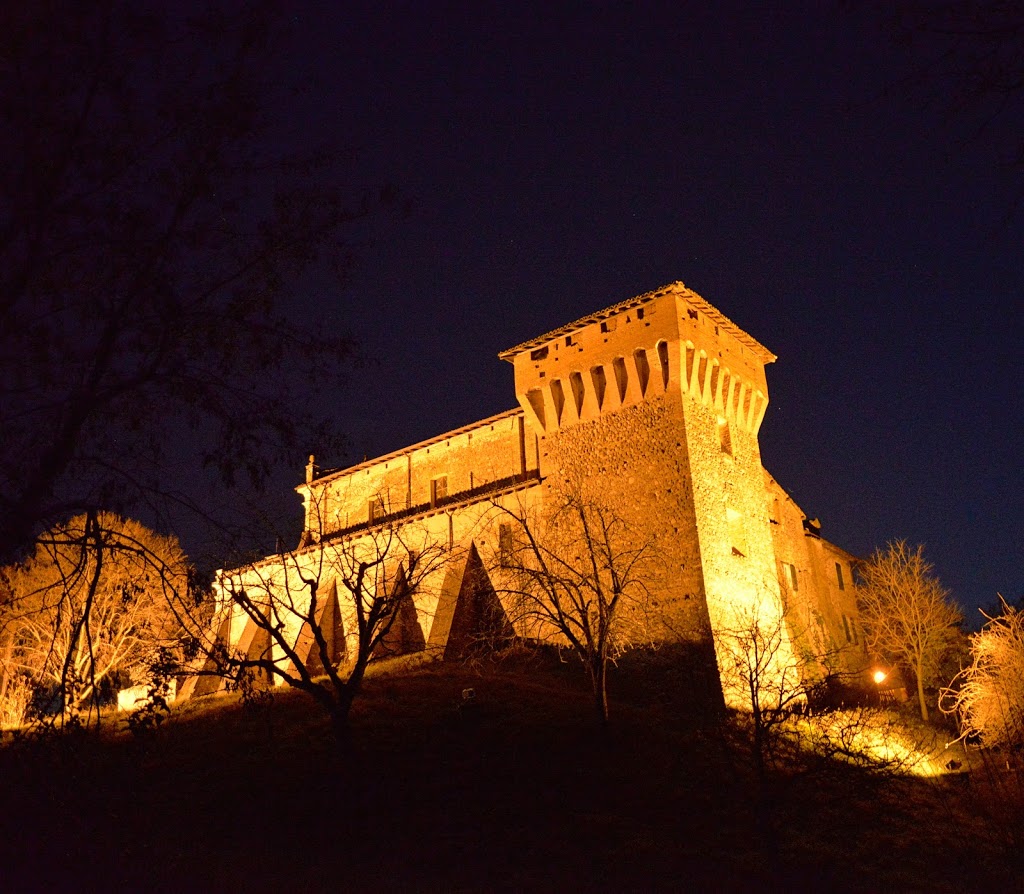The hanging garden of the Galvani house is located in via Soli on the walls that surrounded the ancient castle of Vignola on the northern side.
Its construction dates back to the early 15th century when the noble Galvani family moved from Ferrara to settle in Vignola following the new landowners of the territory, the Contrari family.
Originally it is characterized by the double function of a vegetable garden, d
in fact, it is used as a herbarium and as a plantarium. He fits harmoniously into the defensive system of the Castle, representing an emblematic example of Este military architecture. This space thus responds both to the needs of delight of the owners, amoenitas, and of military defensive utility, utilitas, for the entire community.
Starting from the years 1807-1810 the garden was transformed into a sophisticated neoclassical style garden at the behest of Count Giuseppe Galvani, thus obtaining the current orthogonal plan where the Italian garden, characterized by the presence of ornamental and medicinal plants, it is interspersed with cabinets-verts, Kaffeeehaus, a panoramic walk, a green theater, botanical collections and a belvedere with a telescope, all enclosed by a scenographic vegetable curtain also visible from the street below.
Behind the project of this splendid garden there was certainly an architect belonging to the circle of the architect Francesco Maria Soli who worked for the Este family serving the Duke Ercole III and Francesco IV of Austria-Este whose court will often stay in this garden during the summer holidays.
The garden incorporates in its perimeter the defensive tower built at the expense of the Galvani family with their arrival in Vignola and which in 1775 was transformed into an elegant “dovecote”. Furthermore, this green corner is connected to the first floor of the family home by a bridge in the neoclassical style.
The Galvani family will sell the garden to Podestà Giuseppe Pradelli, at the beginning of the 20th century the owner was Mrs. Giovanna Ghibelli, mother of the composer Luigi Gazzotti.
Currently the complex belongs to private individuals who have maintained the neoclassical aspect given to the garden in the nineteenth century.
The garden, being private property, is closed to the public. But on the occasion of important events for the city, the owners generously give the opportunity to visit it. In part, however, it is partially visible from the outside from via Soli and Corso Italia.

